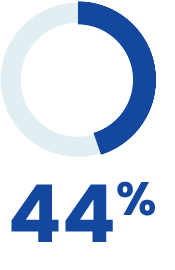Introduction
Technology seems to be developing continuously in our civilization. Therefore, while deciding which type of technology to buy and use, people have a wide range of options and choices. The concept of remote work and working from home has become more popular as a result of the large number of people who are employed today and have access to this technology. A new work pattern has been developed as a result of many enterprises and companies adapting to the new ways of the world, and many are getting on board.
What is Remote Work?
The ability for individuals to perform their jobs from anywhere, rather than in the workplace, is referred to as remote work. Remote work is changing the way we work, think, and communicate. Working from anywhere, at any time, and in any location has reshaped our society for a better future. Allowing for individuals to complete daily tasks in the comfort of their own home in their own creative workspace.
How is Remote Work Effective?
Because of how effective it is for some; many people are now working from home. Working from home provides a better work-life balance, increased productivity, and the ability to save time and money. Teleworking allows you to complete several tasks for yourself and your job throughout the day. Many people have discovered that they are more productive at home because they are under less stress, and not having to commute allows them to devote more time to their work.
Finally, working from home not only saves you money but also helps your business. Whether your commute is 10 minutes or an hour, being able to work remotely allows you to save time by not having to sit in countless hours of traffic, as well as save money on gas. Furthermore, by not having to lease buildings and office spaces, businesses save money when operating remotely.
Statistics of Remote Work in U.S.
According to remote worker statistics, more than 4.7 million people in the United States work remotely at least half of the time. Only 44% of companies allow remote work, and only 16% of companies hire only remote workers. By 2025 it is estimated that 36.2 million workers will be predicted to work fully remote from home. Within the U.S. we have seen an 87 percent increase within remote work from pre-pandemic levels. (https://www.apollotechnical.com/statistics-on-remote-workers/).

of companies allow remote work

of companies hire only remote workers
Risk of Remote
Work Each of the following risk that are listed below are examples of how remote work can put us at risk:
- Less control and visibility over employees’ data security.
- Phishing Emails
- Weak Passwords
- Unsecured Home Devices
- Unencrypted File Sharing
Why is Remote Work the Future?
We anticipate a significant increase in remote work without a loss in productivity in the future. Indeed, as the popularity of remote work grows, many people report feeling more productive when working outside the office, and employers report feeling more confident in employee productivity.















